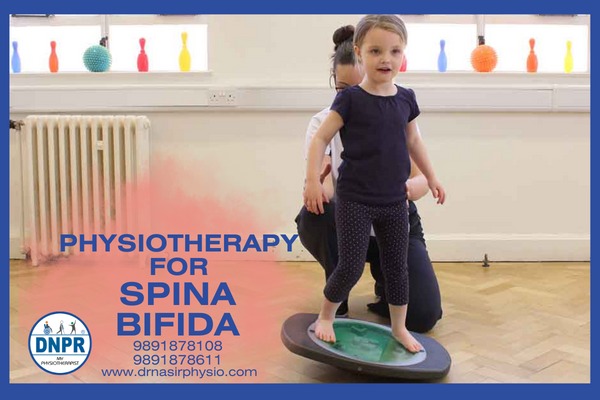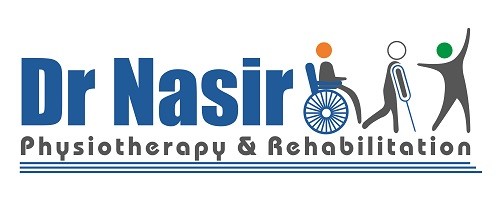
Spina Bifida or The Neural Tube Defect
What is Spina Bifida?
Physiotherapy | Rehabilitation Exercises | Neurological Rehabilitation | Musculoskeletal Complications | Paralysis | Hip Dislocation | Club Foot
Spina Bifida or The Neural Tube Defect
- The term bifida has been derived from the Latin “Bifidus” which simply means left in 2 parts.
- This is also known as Neural Tube defect because of its presence in the spinal column/tube.
- In this this condition the vertebral arch of the vertebral column of children is usually not formed or sometimes incomplete leading to discontinuity of the column.
- It is a Neurological condition, medically known as “Myelodysplasia”
- The lesions or discontinuity can be found any where in the spine but is commonly noted in the lumbar and sacral regions.
- The general presentations of the defect range from stillbirth to incidental radiographic findings.
- It is a treatable spinal cord malformation.
What are the different types of Spina Bifida or The Neural Tube Defects?
The variations or types of spina bifida depend upon the degrees of severity
- Spina Bifida Occulta – In this type of defect the neurological deficiets are generally absent
- Meningocele – Under this type the dura and arachnoid protrudes forming a cystic swelling in the spine.
- Meningomyelocele – Extension of the cord tissue into the meningocele, falls under this type.
- Myeloschisis – Exposure of the spinal cord on the surface of the back.
What are the complications of Spina Bifida?
The complications of Spina Bifida are-
- Reproductive organ impairment
- Neurogenic bladder
- Neurogenic bowel
- Musculoskeletal Complications
- Vulnerable child syndrome
- Pressure sores
- Latex allergy
- Learning disability
- Wound infection
- Hydrocephalus
- Vision impairment
- Chiari compression
- Chronic headache
- Shunt failure
- Low IQ
- Obesity
Can Physiotherapy treat Spina Bifida?
- According to various published researches and studies it has been found that Physiotherapy can be used to reduce the complications of Spina Bifida, a multidisciplinary approach can be followed for a better recovery rate and successful treatment planning.
- The musculoskeletal complications can be managed to a certain extent using Neuro-Rehab by DNPR.
- The Neurological Rehabilitation team available at DNPR has been treating and helping children with Spina BIfida.
- Immediately after birth, the child be assessed for complications and clinical symptoms, after which a rehabilitation plan is customized, which should be reviews and goals must be set accordingly.
- Physiotherapy can be useful for treating.
- Lower limb paralysis (Flaccidity or Spasticity)
- Urinary Incontinence.
- Bowel bladder dysfunction.
- Hydrocephalus
- Poor Trunk Control
- Scoliosis
- Hip Dislocation
- Contractures
- Club Foot
- Muscle Atrophy
- Developmental Milestones
- Range of motion
- Muscle strength
- Muscle Tone
- Deformities
How to plan an efficient Physiotherapy Treatment for Spina Bifida?
Efficient physiotherapy treatment for Spina Bifida includes-
- Correction or prevention of deformity
- Parent education
- Motor Control Monitoring
- Encourage and initiate independency
- Initiate mobility
- Improve muscular strength
- Dedicated exercises for posture correction
- Manage range of motion
- Improve patient participation
- Balance and trunk control exercises
- Assistive devices like orthosis
Leave a reply

Your articles are both educational and enjoyable.
ReplyYour writing style is engaging.
Reply